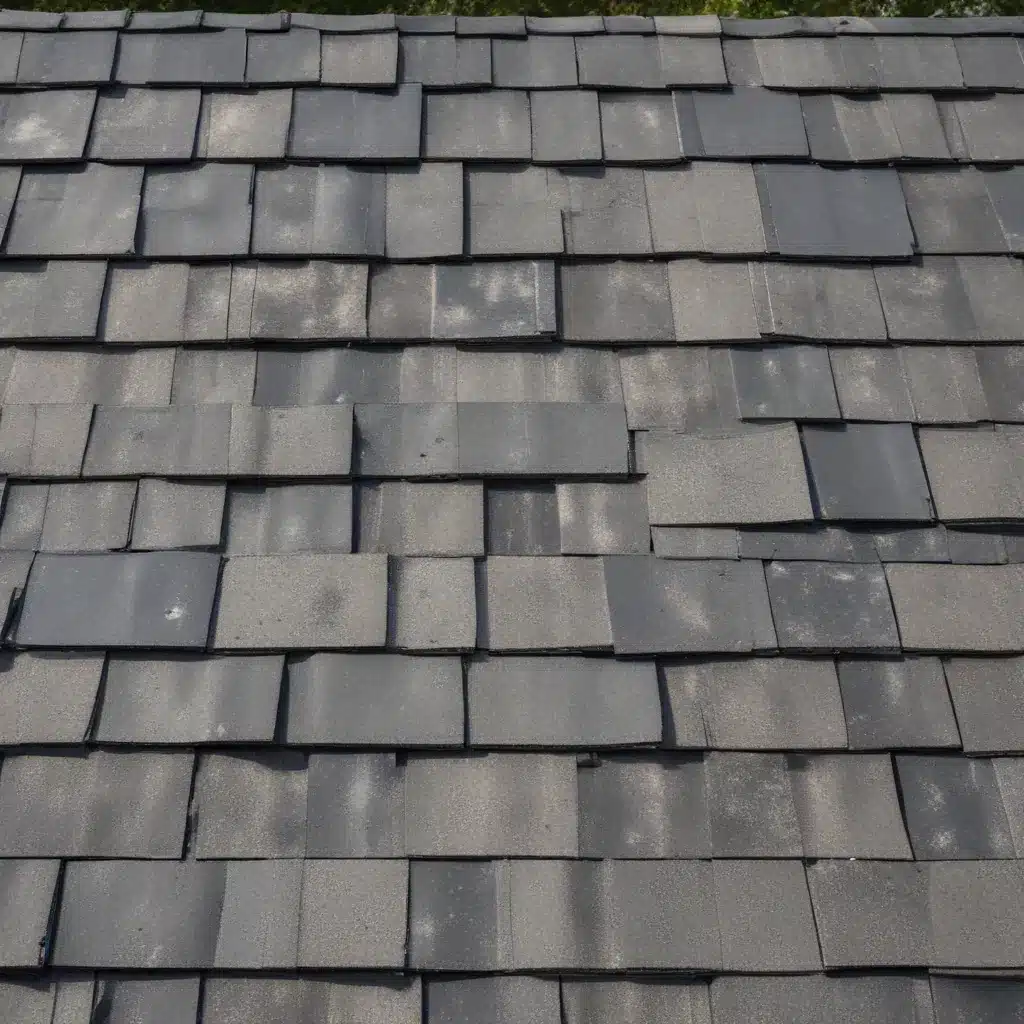
Sustainable Roofing Options for Your Renovation Project
As an experienced home improvement consultant, I’ve worked with countless homeowners and contractors to navigate the complexities of roofing renovations. Whether you’re looking to upgrade an aging roof, improve your home’s energy efficiency, or incorporate more eco-friendly materials, the choice of roofing system can have a significant impact on the success and longevity of your project. In this comprehensive guide, we’ll explore a range of sustainable roofing options that can help you achieve your renovation goals while minimizing environmental impact and maximizing long-term value.
Asphalt Shingles
Asphalt shingles remain one of the most popular and cost-effective roofing options, but traditional designs can be energy-intensive and contribute to landfill waste. Fortunately, there are cool-colored asphalt shingle alternatives that use specialized pigments to reflect more sunlight and reduce heat absorption, leading to lower cooling costs and a smaller carbon footprint. These innovative cool-colored shingles can achieve solar reflectance values of 30-60%, a significant improvement over conventional asphalt.
For an even more sustainable approach, consider recycled asphalt shingles. These shingles are manufactured using reclaimed materials from tear-off and replacement projects, diverting waste from landfills and reducing the need for virgin asphalt and aggregates. Recycled asphalt shingles perform comparably to traditional shingles while offering a more eco-friendly solution.
Metal Roofing
Metal roofing systems have gained popularity in recent years due to their durability, fire resistance, and low maintenance requirements. But metal roofs can also be a sustainable choice, with options that incorporate recycled content and cool-reflective coatings. Look for metal shingles or standing-seam panels that are factory-coated with light-colored or reflective pigments, which can lower your home’s cooling costs and reduce the urban heat island effect.
Metal roofs also have the advantage of being easily recyclable at the end of their long lifespan, typically 40-70 years. This circular lifecycle aligns well with the principles of a sustainable materials management approach, as outlined by the U.S. Environmental Protection Agency.
Clay and Concrete Tiles
For a more traditional aesthetic with sustainable performance, clay tiles and concrete tiles can be excellent choices. Unglazed terra cotta tiles are naturally “cool-colored,” while glazed clay tiles and concrete tiles can be factory-finished with light or reflective coatings to enhance their solar reflectance.
These durable roofing materials often have lifespans exceeding 50 years, minimizing the need for frequent replacement. Additionally, some manufacturers offer recycled content options, further reducing the environmental impact of tile production.
Green Roof Systems
Taking sustainability to the next level, green roof systems incorporate living vegetation into the roofing assembly. These innovative solutions provide a range of benefits, including stormwater management, improved air quality, enhanced insulation, and the creation of valuable urban green spaces.
There are two main types of green roof systems to consider:
-
Extensive green roofs feature a shallow growing medium (4-6 inches) and low-maintenance plants, such as sedum or grasses. These systems are lighter and less costly to install, making them a more accessible option for many projects.
-
Intensive green roofs feature deeper soil depths (12 inches or more) and can support a wider variety of plants, including small trees and shrubs. While more expensive to install, intensive green roofs offer a lush, park-like aesthetic and additional benefits, such as improved biodiversity.
Regardless of the approach, green roofs provide a unique opportunity to incorporate nature into your renovation while contributing to a more sustainable built environment.
Energy-Efficient Roofing
In addition to the materials themselves, the energy efficiency of your roofing system can have a significant impact on your home’s overall environmental footprint. Cool roof coatings and solar roof tiles are two innovative solutions that can help reduce your energy consumption and lower your carbon emissions.
Cool roof coatings, which can be applied to existing roofs or integrated into new roofing materials, use specialized pigments to reflect a higher percentage of solar radiation. This can lower a building’s cooling load, leading to lower energy bills and reduced greenhouse gas emissions from power generation.
For a more integrated approach, solar roof tiles combine the functionality of a durable roof covering with the power-generating capabilities of photovoltaic cells. These sleek, low-profile systems allow you to harness the sun’s energy while maintaining a seamless, aesthetically pleasing roofline.
Longevity and Maintenance
When evaluating sustainable roofing options, it’s important to consider not just the upfront cost but also the long-term durability and maintenance requirements. A well-designed, properly installed roof can last for decades, providing a strong return on your investment and minimizing the need for frequent replacements.
Look for roofing materials with proven track records of longevity, such as metal, clay tiles, and concrete tiles, which can often exceed 50 years of service life. Asphalt shingles, while more affordable, typically have a shorter lifespan of 15-30 years, making them a less sustainable choice in the long run.
Proper maintenance is also key to extending the life of your roof. Regular inspections, prompt repairs, and proactive cleaning can help prevent premature deterioration and ensure your roofing system continues to perform at its best. Partnering with a trusted Reluctant Renovator specialist can help you navigate the maintenance and repair process with confidence.
When the time does come for a roof replacement, explore options for recycling or repurposing your existing roofing materials. Many local and regional programs can help divert construction and demolition waste from landfills, aligning with the principles of sustainable materials management.
In conclusion, the choice of roofing system can have a profound impact on the sustainability, energy efficiency, and long-term value of your renovation project. By carefully weighing the options and prioritizing eco-friendly materials, energy-saving features, and sustainable maintenance practices, you can create a roof that not only protects your home but also contributes to a more sustainable future. With the guidance of experienced home improvement professionals, you can make informed decisions and enjoy the many benefits of a truly sustainable roofing solution.



